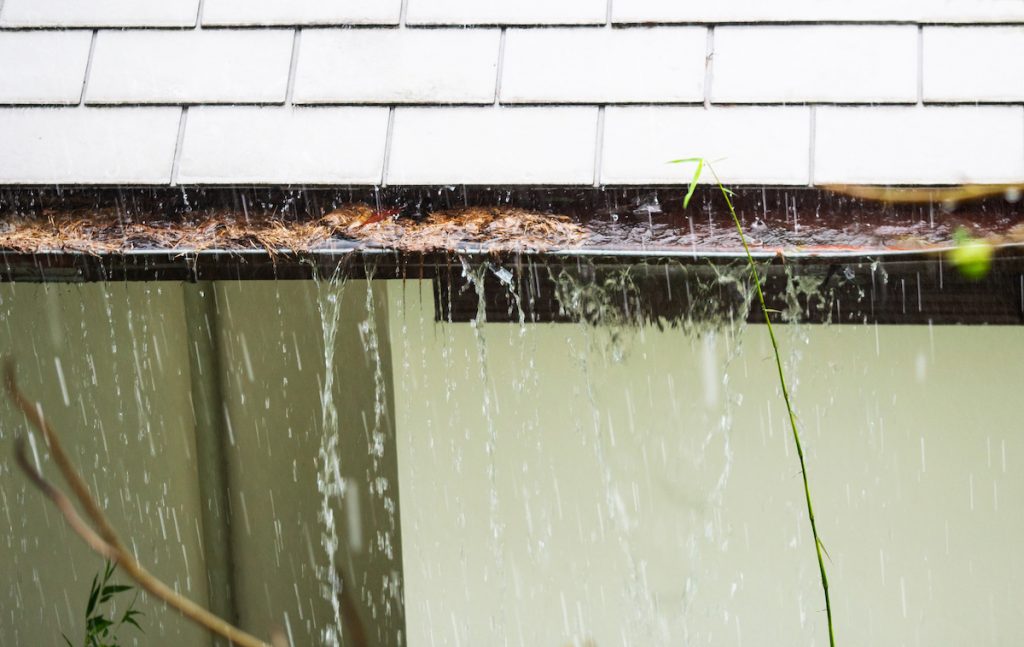Almost everyone has their personal perception with regards to Common Water Leaks In House.

Leaks not just cause waste of water but can also create unneeded damages to your house and promote undesirable natural growth. By looking as well as recognizing for day-to-day circumstances that create leakages, you can secure your residence from future leakages and also unnecessary damages.
Instantaneous temperature level changes.
Extreme temperature changes in our pipes can create them to increase and also acquire suddenly. This expansion and tightening might cause splits in the pipelines, particularly if the temperature are below freezing. If you kept an eye on just how your plumbing works, it would be best. The visibility of the previously pointed out situations regularly indicates a high threat.
Rusty water supply
As time goes by, your plumbing system ages and rust such as corrosion might begin gnawing the pipelines. This could be the source of staining or bending on your pipes. This asks for an inspection with your plumber promptly. Take into consideration replacing the pipelines since they are at a higher risk of corrosion than the more recent versions if our plumbing system is old.
Faulty Pipeline Joints
Pipe joints can weaken over time, resulting in water leaks. If you have noisy pipes that make ticking or banging noises, specifically when the warm water is transformed on, your pipeline joints are most likely under a lot of pressure.
Encroaching roots
The majority of water leaks begin outside your house instead of inside it. If you observe an abrupt decrease in water pressure, say in your faucet, take time to head out and examine your yard. You might notice damp patches or sinkholes in your lawn, and that may mean that tree roots are attacking water lines triggering water to permeate out. You can have your plumber check for invasion, specifically if you have trees or shrubs near your residential or commercial property.
Poor Water Connectors
At times, a leak can be caused by loosened tubes and also pipelines that supply your home appliances. In case of a water connections leak, you may discover water running straight from the supply line or puddles around your home appliances.
Clogged Drains
Obstructed drains pipes may be aggravating as well as inconveniencing, however they can occasionally wind up causing an overflow leading to rupture pipelines. Keep removing any kind of materials that may decrease your drains pipes that can obstruct them to stay clear of such inconveniences.
All the above are root causes of leakages however not all water leaks result from plumbing leaks; some leaks could originate from roof covering leakages. All leakages ought to be repaired right away to avoid water damage.
Leakages not only cause waste of water but can additionally trigger unnecessary damages to your house and advertise undesirable organic development. By looking and comprehending for everyday scenarios that cause leakages, you can secure your house from future leaks and also unneeded damage. Today, we will look at six leak creates that may be causing your pipelines to trickle.
At times, a leak can be caused by loose tubes and also pipelines that supply your devices. In situation of a water connections leak, you might see water running directly from the supply line or puddles around your appliances.
How To Check For Water Leak In Your Home
How To Check for Leaks
The average household's leaks can account for nearly 10,000 gallons of water wasted every year and ten percent of homes have leaks that waste 90 gallons or more per day. Common types of leaks found in the home are worn toilet flappers, dripping faucets, and other leaking valves. These types of leaks are often easy to fix, requiring only a few tools and hardware that can pay for themselves in water savings. Fixing easily corrected household water leaks can save homeowners about 10 percent on their water bills.
To check for leaks in your home, you first need to determine whether you're wasting water and then identify the source of the leak. Here are some tips for finding leaks:
Take a look at your water usage during a colder month, such as January or February. If a family of four exceeds 12,000 gallons per month, there are serious leaks.
Check your water meter before and after a two-hour period when no water is being used. If the meter changes at all, you probably have a leak.
Identify toilet leaks by placing a drop of food coloring in the toilet tank. If any color shows up in the bowl after 10 minutes, you have a leak. (Be sure to flush immediately after the experiment to avoid staining the tank.)
Examine faucet gaskets and pipe fittings for any water on the outside of the pipe to check for surface leaks.
Undetected water leaks can happen without the home or business owner even realizing. If you suspect a water leak, but not able to find the source. It is time to contact a professional water leak detection service, The Leak Doctor.
How To Find a Water Leak In Your Home
https://www.leakdoctor.com/blog/How-To-Check-For-Water-Leak-In-Your-Home_AE197.html

I recently found that piece of writing on How Fast Water Damage Can Ruin Your Home while doing a lookup on the internet. Sharing is good. Helping others is fun. I treasure reading our article about How Fast Water Damage Can Ruin Your Home.
Reliable help? Dial.